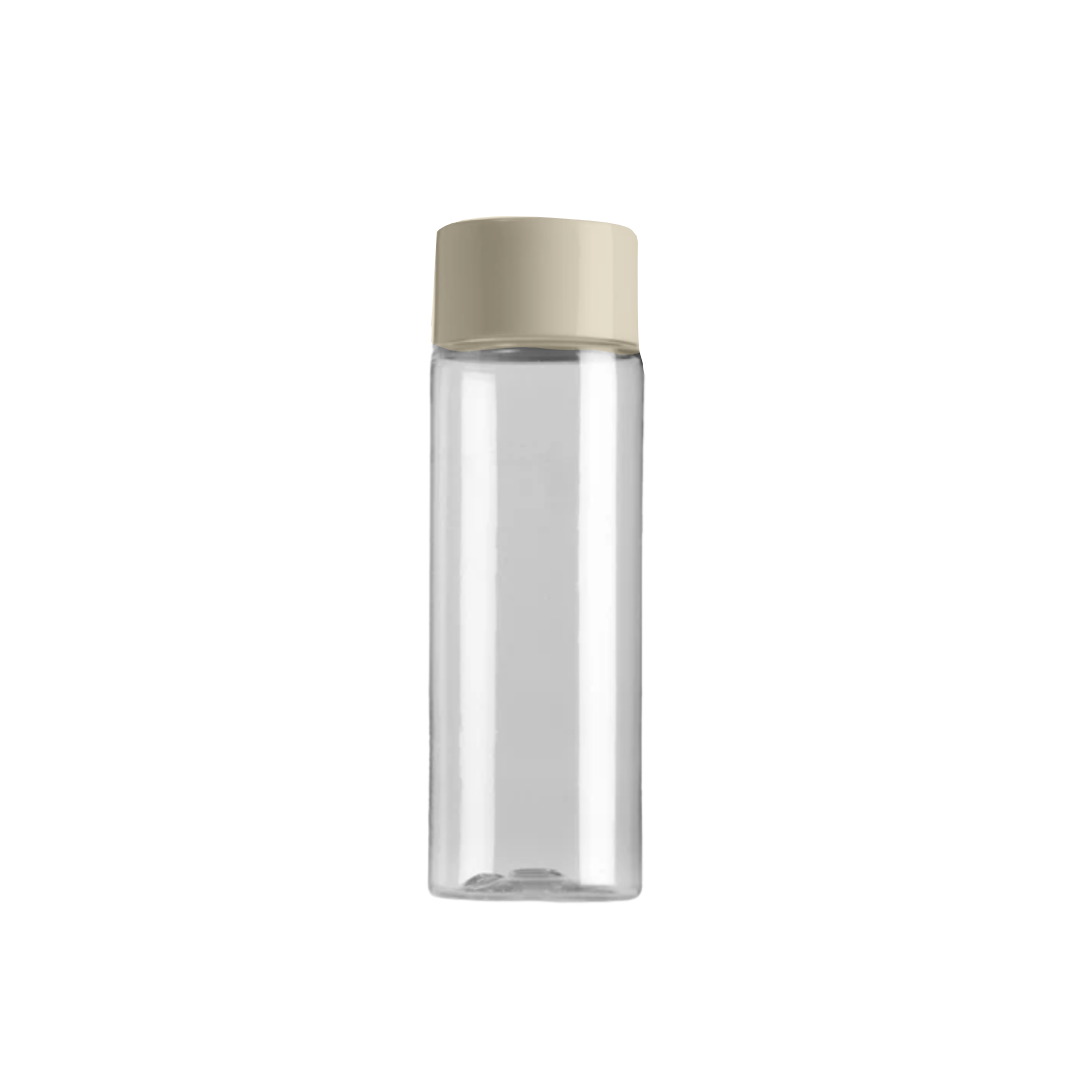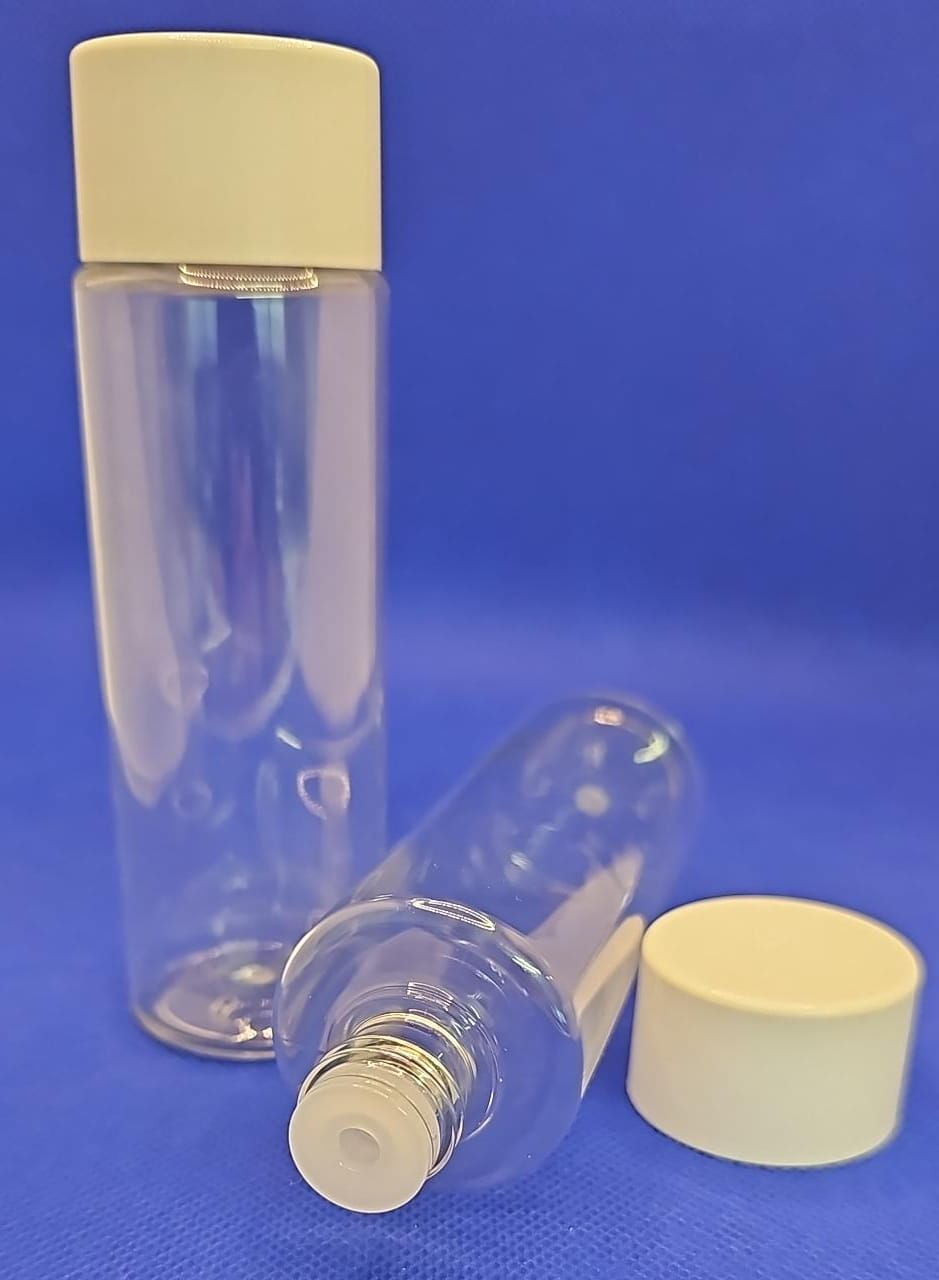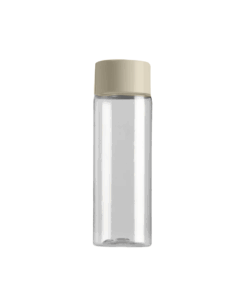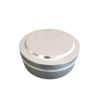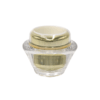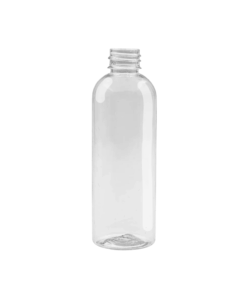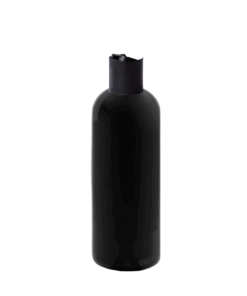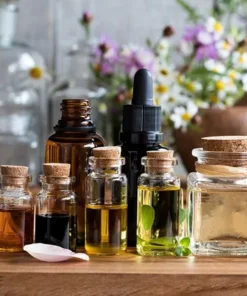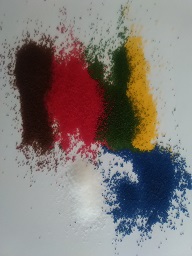Tissue Oil Bottle – 100ml
R19,00
Tissue Oil Bottle – 100ml – The bottle is specifically designed for easy and controlled dispensing of various types of body and cosmetic oils
171 in stock
Tissue Oil Bottle – 100ml
Key Features:
Generous Size
The 100ml Tissue Oil Bottle offers the perfect balance of size and convenience. It’s ideal for both daily use and long-term storage. Whether you’re using it at home or taking it with you while traveling, this size ensures you have enough product for all your skincare needs.
Quality Material
We design the bottle using high-quality plastic to ensure durability while maintaining a lightweight structure. This material keeps the product safe and preserved without compromising convenience.
Controlled Dispensing
The Tissue Oil Bottle features a practical 36×22 white puffer cap, which lets you dispense the oil in a controlled manner. With each application, you can dispense a precise amount of oil, preventing wastage and ensuring a mess-free experience.
Effective Skin Care Solution
This tissue oil blends natural oils, such as jojoba oil, almond oil, and vitamin E, offering numerous skin benefits. Use it to moisturize, improve skin texture, and reduce the appearance of scars and stretch marks. With consistent use, you’ll achieve excellent results.
Aesthetic and Functional Design
We focus on both functionality and aesthetic appeal with the sleek and simple bottle design. Clear labeling provides all essential product information, including ingredients and usage instructions, making the bottle both attractive and user-friendly.
Sealed for Safety
The bottle comes with a tamper-evident seal, which guarantees that the product inside remains safe and untouched. This ensures the product’s integrity and offers you peace of mind.
Versatile Use
Use the tissue oil to moisturize your body, reduce stretch marks and scars, or treat dry skin. The formula absorbs easily, leaving your skin feeling nourished and smooth. It’s suitable for all skin types and is a versatile addition to your skincare routine.
Enhance Your Skin Care Routine
Incorporate the 100ml Tissue Oil Bottle into your daily skincare regimen to achieve smooth, radiant, and well-moisturized skin. Whether you’re targeting dry skin, reducing scars, or preventing aging signs, this tissue oil provides the ultimate skincare solution. Order today and experience the convenience of the 100ml bottle with its easy-to-use dispensing cap.
| Weight | 0,026 kg |
|---|---|
| Dimensions | 12,5 × 4 × 4 cm |

